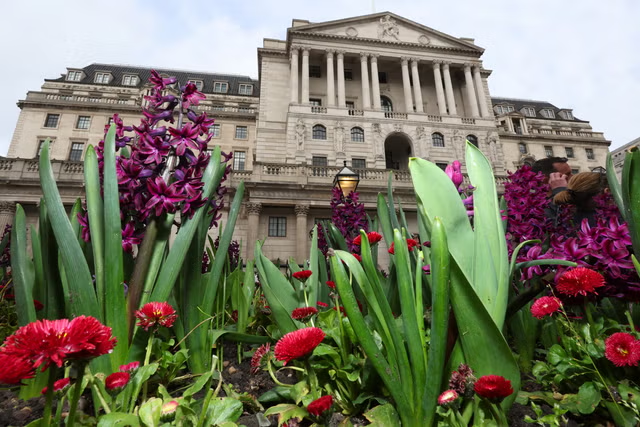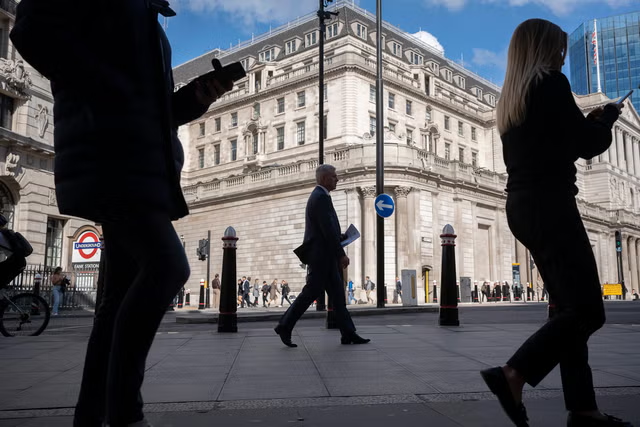Some welcome news for consumers: inflation has once again fallen by more than expected. The headline number for February, per the Office for National Statistics (ONS), came in at 3.4 per cent – below both the consensus of the City and the Bank of England’s own forecast of 3.5.
Mercifully, given the impact on lower earners, food price rises were cited among the chief contributors to the fall. While prices continue to rise – and the cumulative effect of previous increases is still taking a terrible toll – the rate of increase declined to 5 per cent from 6.9 in the year to January. Food price inflation has now fallen for 11 consecutive months. The positive impact on the headline number was partially offset by rises in the price of motor fuel.
Food and fuel are notoriously volatile categories, and their prices aren’t terribly receptive to what the Bank of England does with interest rates. Crucially, however, “core” inflation, which excludes these (and tobacco), also took a tumble to 4.5 per cent from 5.1. It was also better than the forecasters had predicted (4.6). Core inflation has proved notably sticky, and that matters to the Bank of England’s rate-setting Monetary Policy Committee (MPC) which will welcome the decline.
Disclaimer: The copyright of this article belongs to the original author. Reposting this article is solely for the purpose of information dissemination and does not constitute any investment advice. If there is any infringement, please contact us immediately. We will make corrections or deletions as necessary. Thank you.



